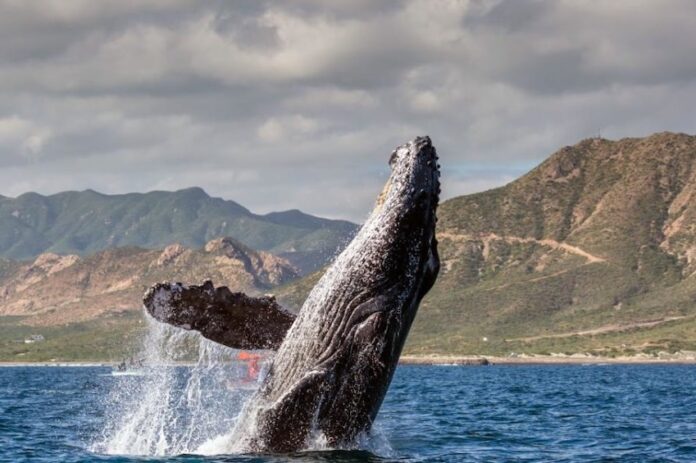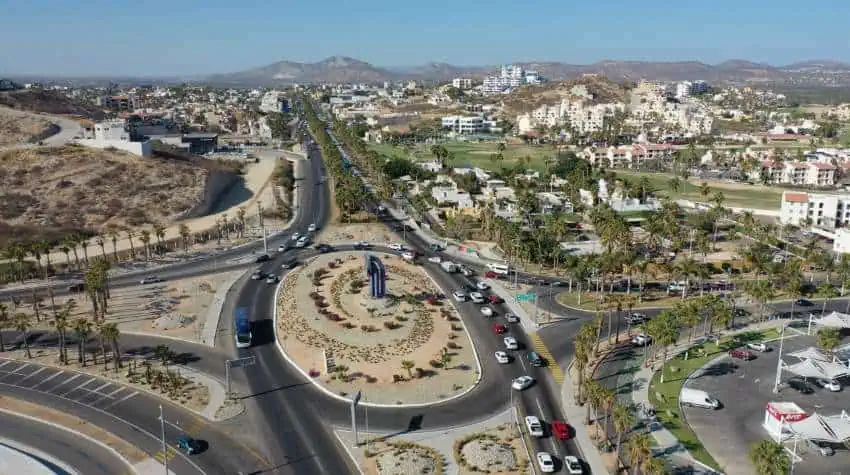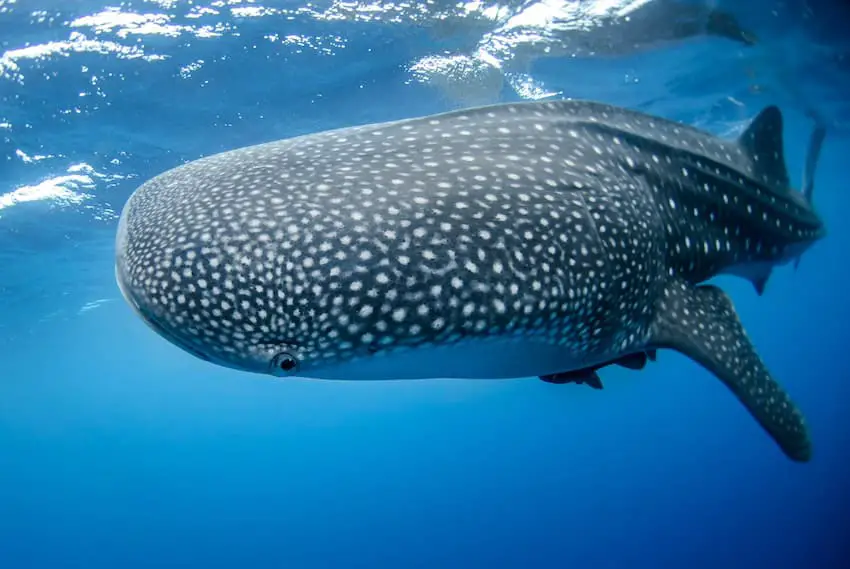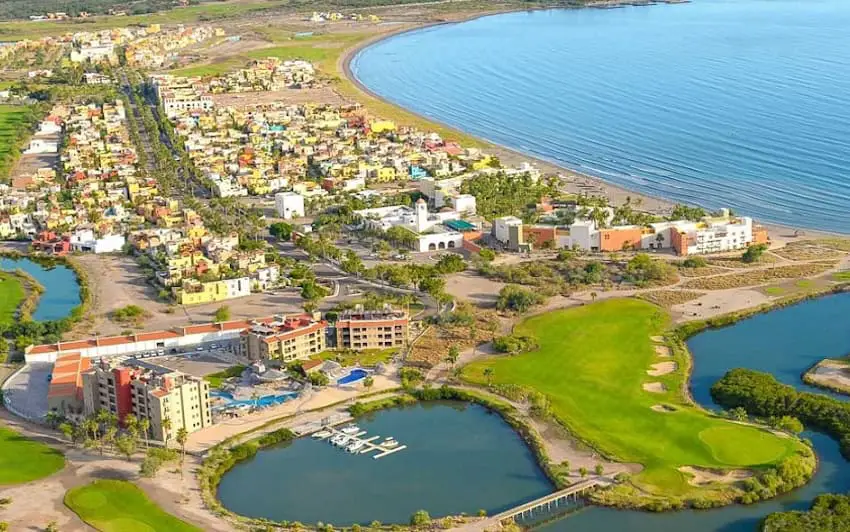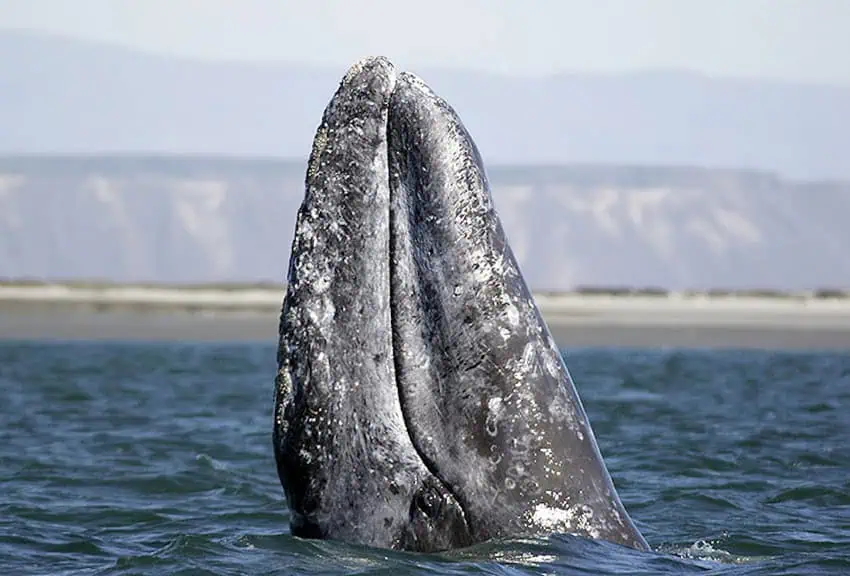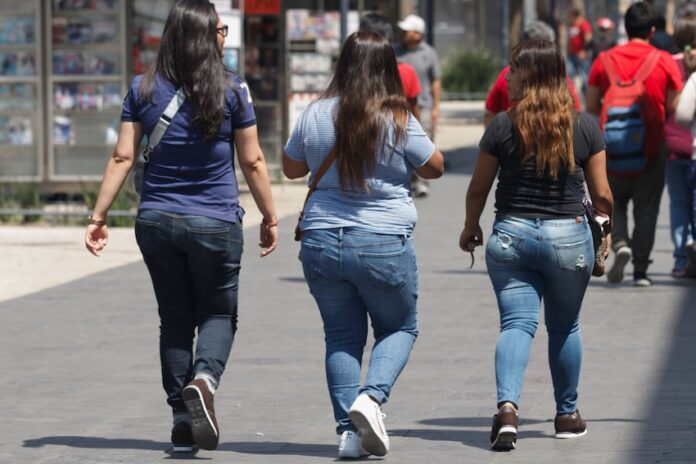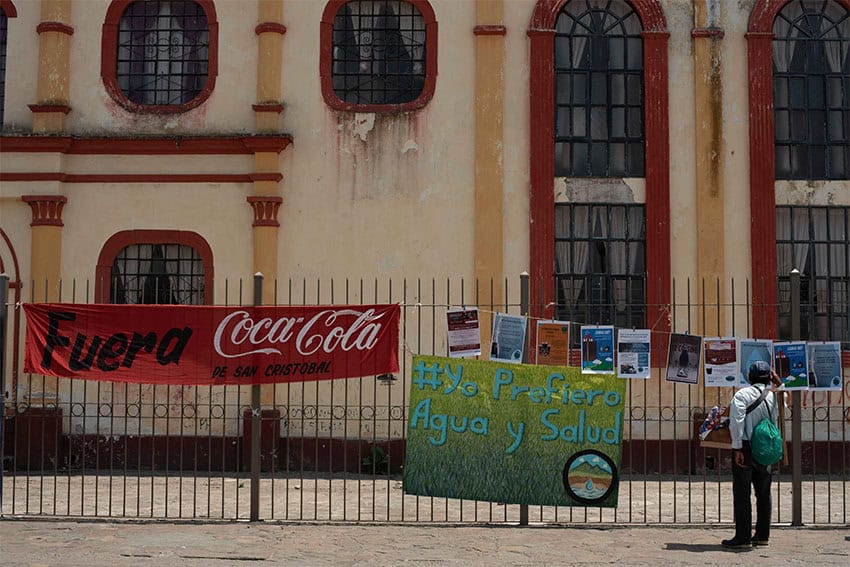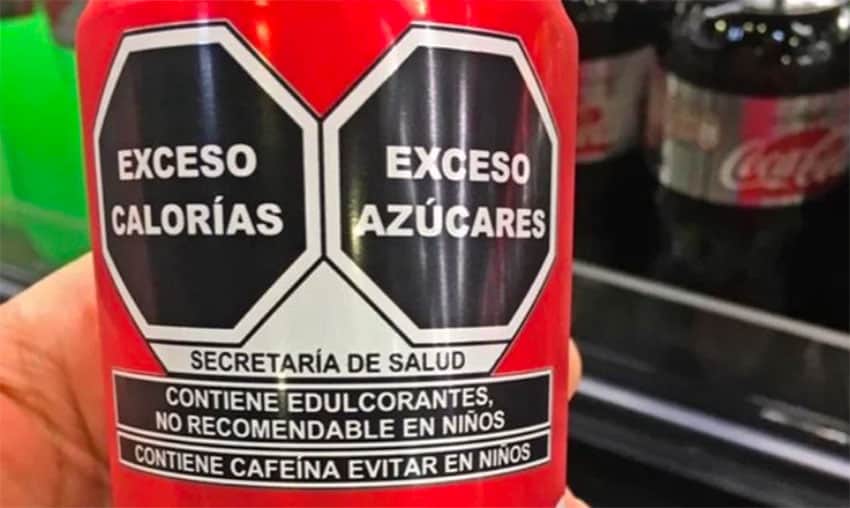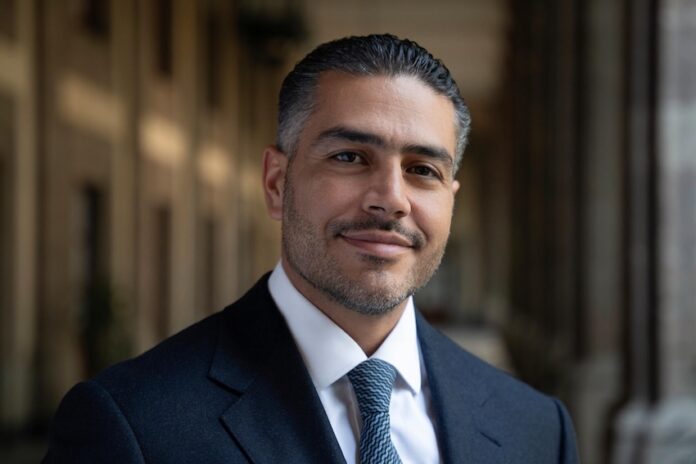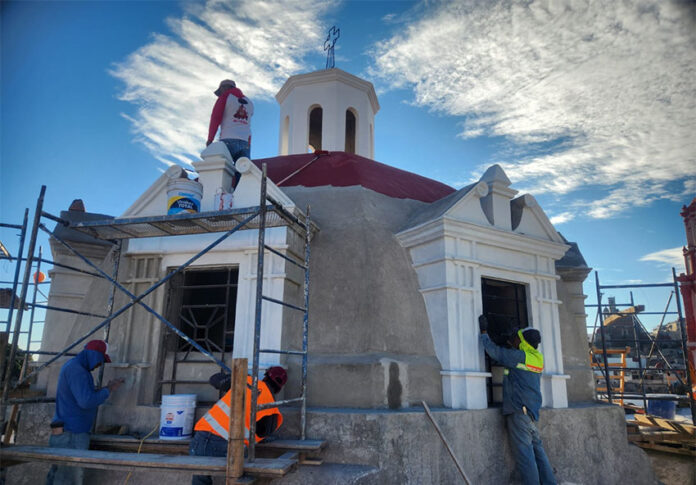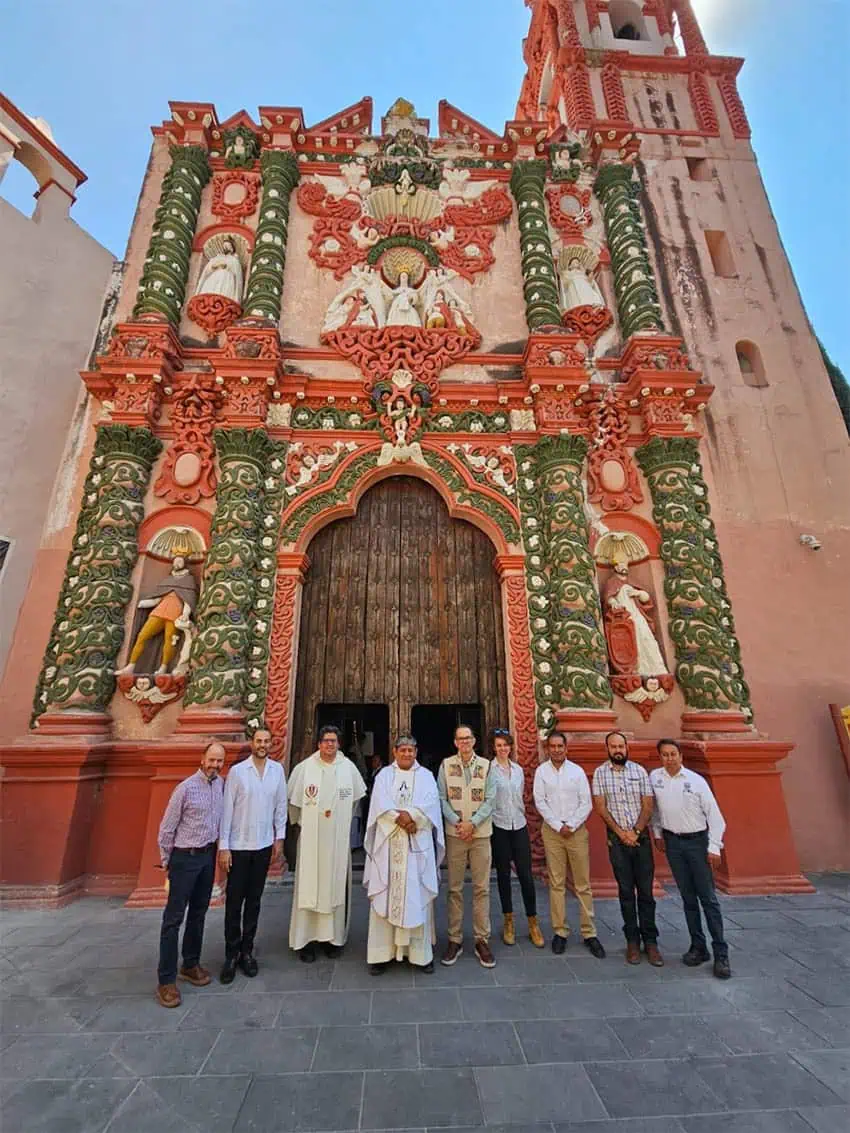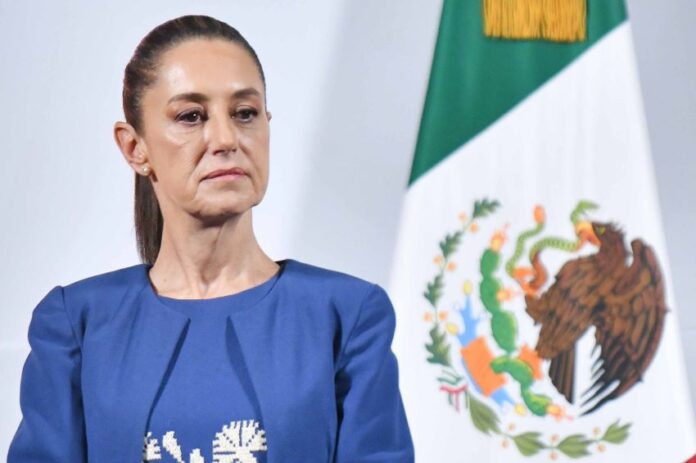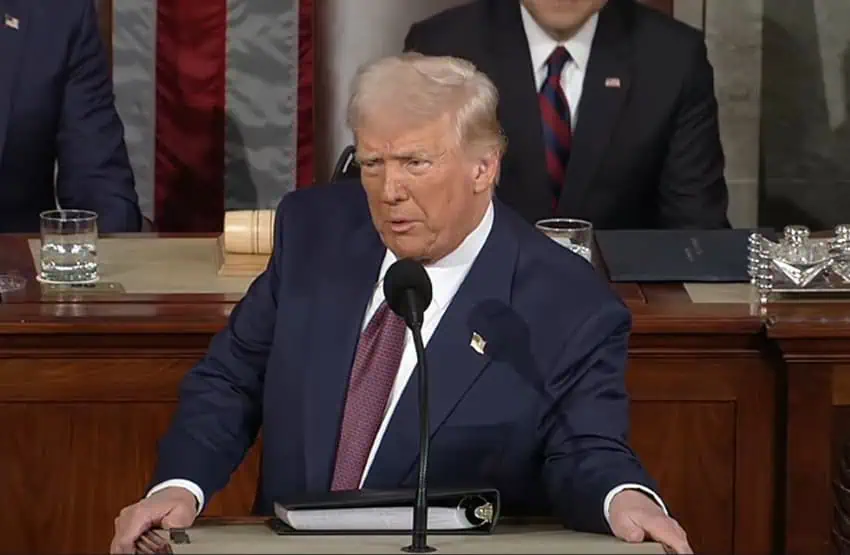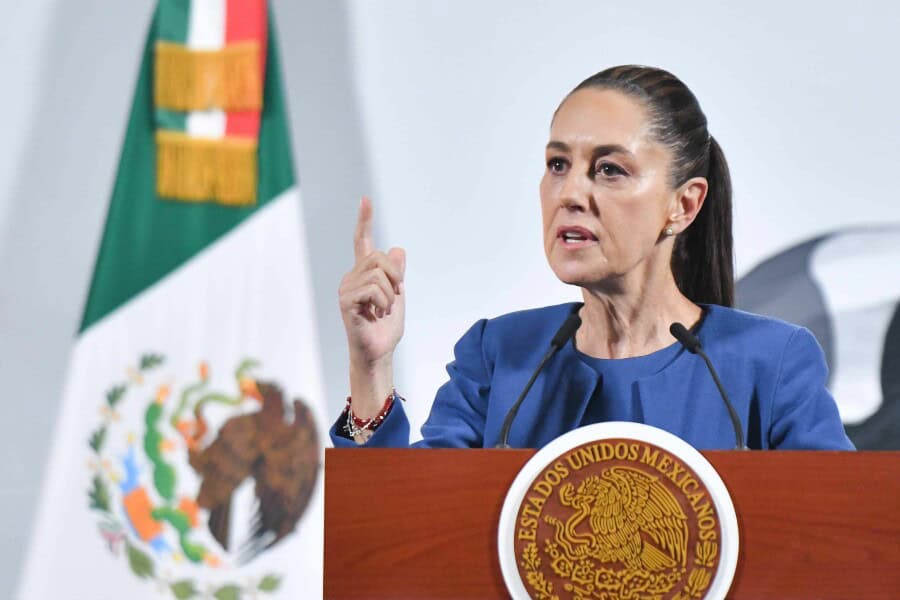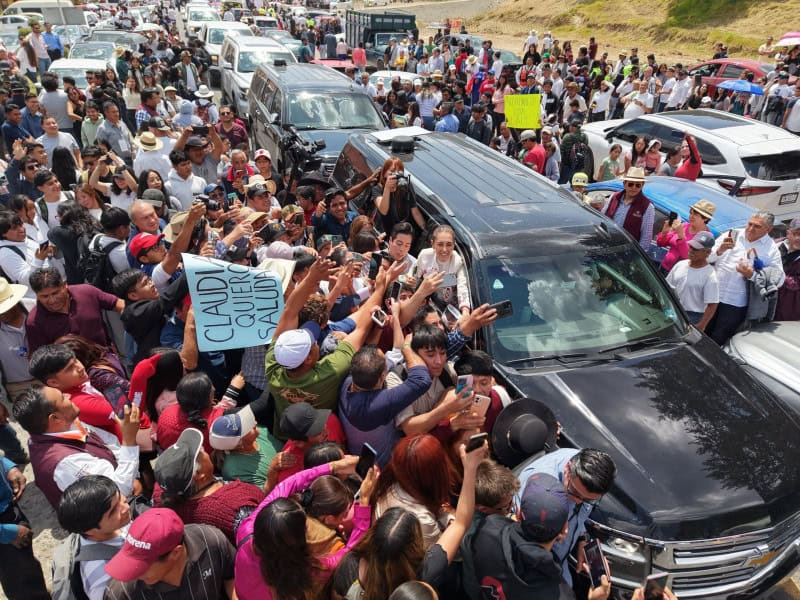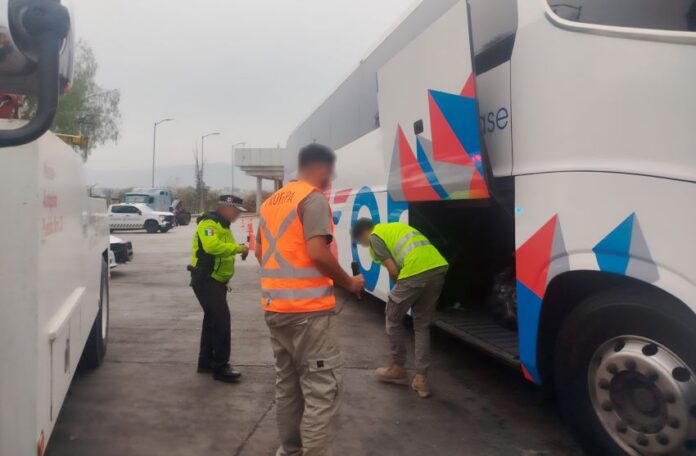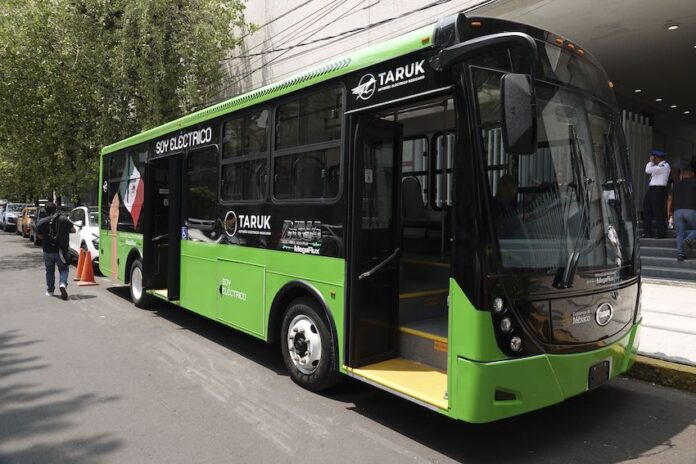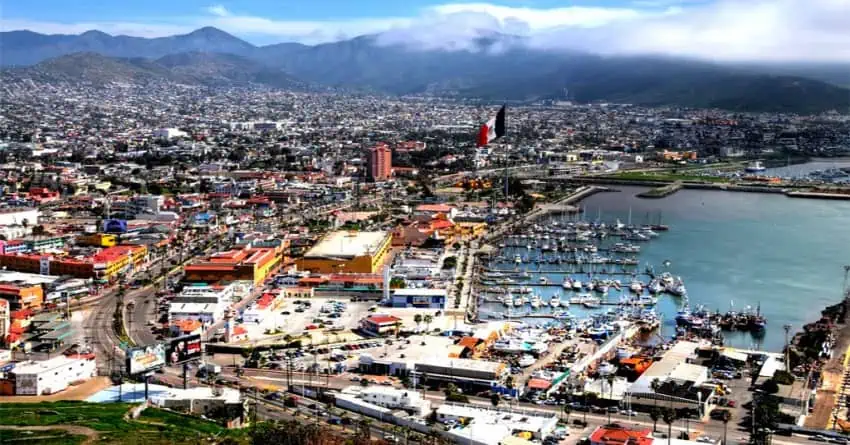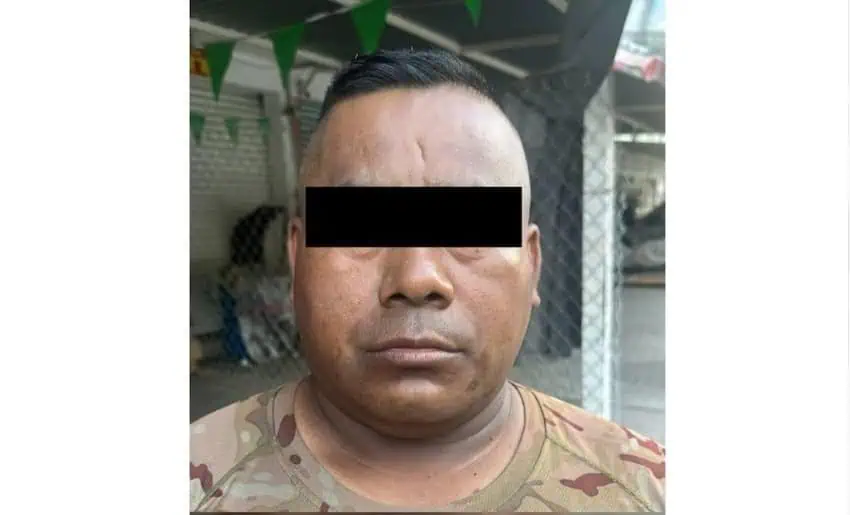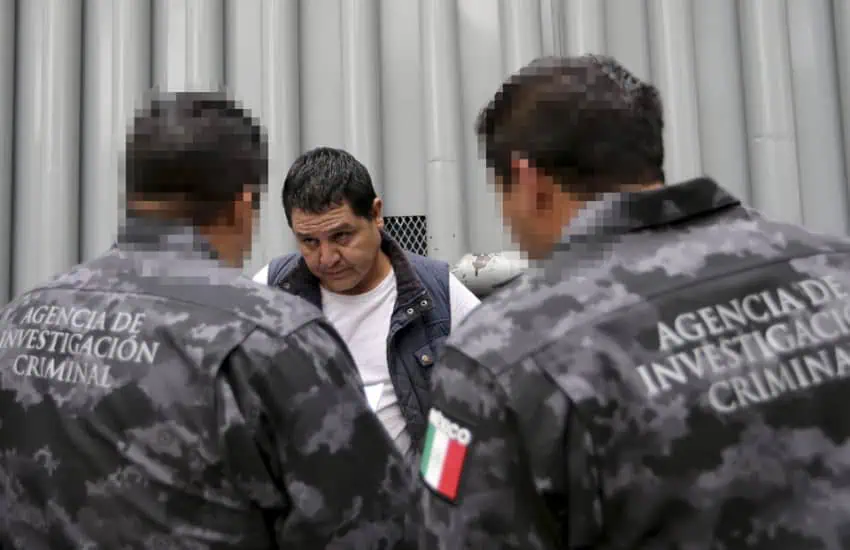Global pop superstar Shakira is making history on the Mexico portion of her “Las Mujeres Ya No Lloran” world tour, with massive crowds in three cities and a run of sold-out Mexico City concerts that’s on the brink of a record.
The 48-year-old Colombian known as the “Queen of Latin Music” has packed the house for her first four dates at Estadio GNP Seguros. With three more shows there Friday, Saturday and Sunday, it’s all but guaranteed she will become the first solo artist to fill the Mexico City venue for seven consecutive performances.

In all, she is expected to draw 455,000 to the stadium formerly known as Foro Sol. And that’s on top of the 100,000 she drew for two sold-out shows in Monterrey’s BBVA Stadium March 12-13, and the 90,000 for two sold-out shows at Akron Stadium in metro Guadalajara March 16-17.
When Shakira, a singer and songwriter who has achieved Madonna-like success in both the Spanish and English markets, first announced her 2025 Mexico tour dates last October, only one show was scheduled for each of those three cities. But tickets sold out quickly and more shows were added.
Now, even more have been added.
It was announced late Wednesday that Shakira will return to Mexico near the end of the summer to perform Aug. 29 in Mexico City, Sept. 2 in Querétaro, Sept. 6 in Zapopan (adjacent to Guadalajara) and Sept. 12 in Puebla — all at big stadiums.
Presale tickets for Banamex cardholders will begin Friday, with general ticket sales the next day. And with dates left open between the new concerts, there’s a chance even more shows could be added.
Even without any additional shows, Shakira will reach the milestone of eight concerts on one tour at Estadio GNP Seguros — an achievement that surpasses all other international icons, including Paul McCartney, Metallica, Coldplay and even Taylor Swift.
Shakira’s current world tour is named for her 12th studio album, last year’s “Las Mujeres Ya No Lloran” (“Women don’t cry anymore”) — which features chart-topping singles such as “Shakira: Bzrp Music Sessions, Vol. 53.”
The winner of four Grammys and 15 Latin Grammys, Shakira is known for many hits, but her all-time most popular song is “Hips Don’t Lie,” a duet in which hip-hop pioneer Wyclef Jean repeatedly sings “Shakira, Shakira.”
Through four shows in Mexico City, one of the highlights was Shakira sharing the stage with Grupo Frontera, winner of two Latin Grammys last year. She and the Texas-formed band, which is deeply rooted in Mexican genres, performed “(Entre Paréntesis),” a song from her 2024 album.
“I really wanted to give you all a surprise,” Shakira told the media afterward. “Every day, I strive to give you something more because the Mexican audience has been so loyal, so loving, and has lifted me up every time I needed it. I wanted to surprise you with something that would fill your hearts.”
“(Entre Paréntesis)” joined “Ciega, Sordomuda” and “El Jefe” as songs Shakira has added to her recent concerts as a heartfelt tribute to Mexico, where her concerts have featured multiple outfit changes, scintillating dance numbers, and diverse setlists including rock, ballads and mariachi music.
The singer expressed her gratitude to the Mexican fans, stating that their support has been a source of strength and inspiration throughout her career.
Just about the only ebb was a torrential rain on Tuesday night that left 60,000 fans scrambling for cover and nearly derailed the party. But when Shakira finally took the stage at 10:20 p.m., the atmosphere was electric and concertgoers, braving the downpour, danced and sang along.
Later, Grupo Frontera hit the stage as Shakira donned a sombrero and danced to the norteño beat.
As for the economic impact, Shakira’s concerts in the nation’s capital are projected by the Mexico City chamber of commerce to generate 3.247 billion pesos (US $159 million), as cited in the online newspaper Infobae.
That figure — which includes ticket sales, revenue from hotel bookings, local commerce, and food and beverage consumption — surpasses the impact from Taylor Swift’s 2023 Eras Tour concerts in Mexico City, although that was only four concerts.
With reports from Milenio, Infobae, Billboard Español and TV Azteca



